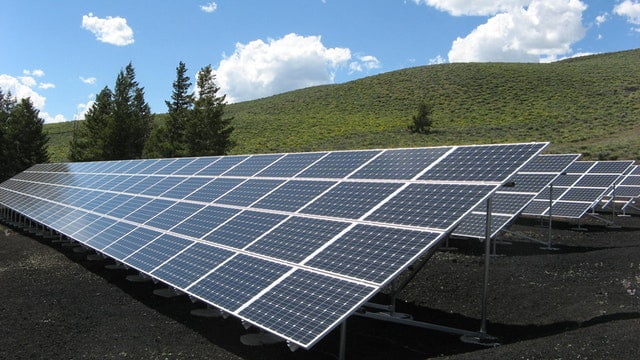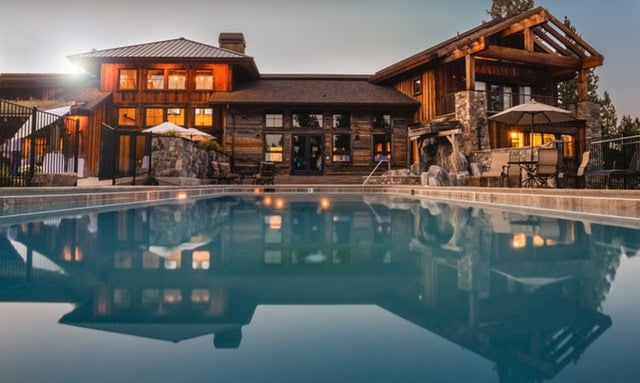Florida is an amazing place and it has a lot to offer those who come and visit. Individuals can choose from a plethora of villas in Florida to rent, they can experience the famous South Beach, the culture and witness the beauty of the Everglades.
But the state of Florida, much like other states and provinces across the world has to worry about the idea of sustainability. Populations will increase, more issues may stem from climate change and quite a few other shifts in perception and behavior have to be accounted for in the preservation of the current quality of life.
There are quite a few changes that must be accounted for in the creation of sustainable cities, states and nations but significant change can come from the design of spaces and the interaction of humans with these spaces.
The future of development is supposed to be very interesting and sustainable. The idea is to create a future that minimizes excess and maximizes the potential for smart living in all aspects. This holistic picture will include all aspects connected to not only housing but everything that is connected with where one chooses to live as well. One might consider a few factors when they choose their residence. For most, it is the proximity to work and then other factors such as the local school district, safety and other concepts that add to one’s overall quality of life.
The challenge for city planners and others is to come up with a design with the proper consensus from all stakeholders in the community that maximizes the quality of life from factors such transportation to work-life balance to urban growth and minimizing the total carbon footprint of their local populations.
The idea is to create smarter cities but great challenges like these have to be tackled at a granular level, there has to be a large vision but smaller specific steps that can lead up to significant changes.
Starting with creating smarter homes would certainly have an impact and have people think in a different way of how they live and how their behaviors and actions within their homes can lead to different outcomes. These different outcomes should only matter to them from a future standpoint, such as leaving an inhabitable world for their children, they should be able to see changes in their quality of lives in the present.
One of the first steps will be with the transition from the not so smart home to one that is more intelligent.
The Gradual Move to Smart Homes in Florida
We have seen a gradual direction toward living a greener life. This phenomenon is evidenced by the small advancements such as the improved energy efficiency of light bulbs. Consumers have a variety of options to choose from, they can choose one that will save them the most money over time while also being in line with federal environmental standards.
This shift is also evidenced in our appliances from our dryers to our washing machines as well, they’ve also got energy star certifications as well. These certifications help to ensure that over the long-term excessive energy is not used, thus minimizing the carbon footprints while saving money for the said consumers of these products.
The government has already implemented incentives for individuals to move toward a greener life. We’ve seen this in other areas such as transportation (cash for clunkers).
We’ve also seen this in our homes as well, the government may offer rebates and tax credits for those who seek to switch to a greener form of living by transitioning from their current standards in various aspects of their houses to more efficient forms. These efficiency standards can be implemented through improved insulation, the right types of roofs, and through the adoption of the proper sorts of windows and doors as well.
Another trend that is slowly taking place is that of the shift toward solar energy. The idea of moving from dirtier forms of energy production to cleaner energy production has been around for a while now but didn’t take place due to lack of proper incentives and constrained economics. But due to advancements in technology, such as the decrease in the cost of production in photovoltaics, interest has risen for this product. Manufacturers can create it more cost-effectively and due to government incentives and overall cost savings, individuals are requesting more of these products.

The process of creation and installation makes sense for both parties. Well, sort of. Another factor that most individual households think about when considering the switch to solar is the aspect of current costs versus expected costs of solar implementation. The costs of electricity consumption with the current traditional method are still very cost effective and affordable when compared to other states in the nation.
There is still a lot to be done in regard to solar generation and solar infrastructure but it seems that residential developers and other city officials are taking the right steps to provide an accessible solar future. States such as Florida already have an abundance of sun, the fundamental push for innovation and adoption of cleaner tech will come from the decreased cost of consumption in solar.
Yet as noted earlier, the transition from the current mode of living will require extensive changes in building designs to allow for minimal energy emissions. Extensive changes will have to first be laid down from an infrastructure level and everything else can stem from that. The infrastructure level consists of activities, agreements, and collaborations between the private and the public sectors. The government must look past failures such as Solyndra, take cues from China and invest in the future of energy production, distribution, and storage.
Further improvements in looking at increasing housing standards to eliminate emissions, investing in in smart home and smart city research and development while looking at what societal expectations can help to lead the way and creating a better living design.
Only after a proper infrastructure is present can true significant change take place with more technology products and innovations ranging from the internet of things to the cloud to the blockchain and a variety of other technological implementations that can make life more streamlined and smarter.
A design that accounts for the needs of the individual, the community and the earth is what the shift to sustainable looks like, it starts with a strong foundation.

